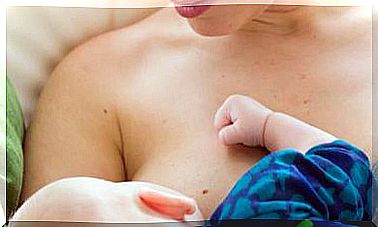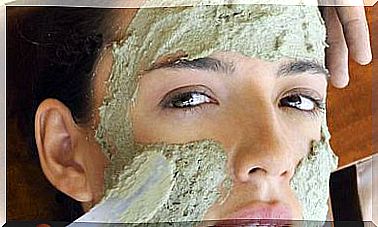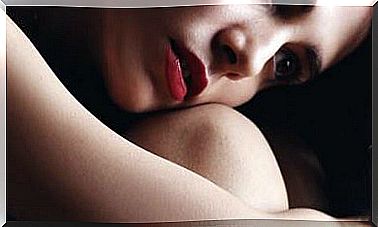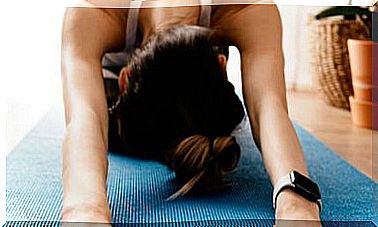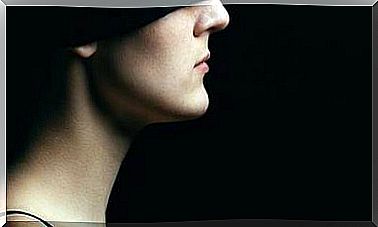14 Movements To Exercise Your Diaphragms
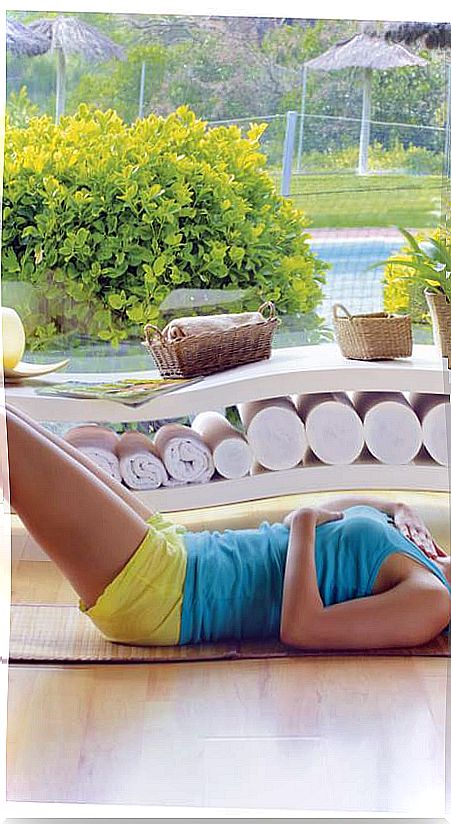
The diaphragm, a permeable border
When we hear the word diaphragm we usually associate it with the main muscle of respiration, however there are more diaphragms in the body with a great influence on posture.
Let’s start by understanding the meaning of diaphragm and what its function is. The word derives from the Greek and means “through” and “separation”. Derivatives of this term are used in many languages. In German we also find another word to describe the diaphragm commonly related to respiration: Zwerchfell , which we can translate as skin or transverse tissue ( Fell ) ( zwerch ).
These two concepts describe very well what diaphragms consist of. On the one hand, its meaning indicates the existence of tissues with a horizontal arrangement in space, which separate some areas from others and which in most cases are traversed by anatomical structures.
Another characteristic is its arrangement in the shape of a vault or hammock, with a tendency towards convexity or concavity depending on the diaphragm in question.
Diaphragms are symbolically related to the ability to adapt between expansion towards the external environment and retraction towards our internal environment.
Visually we can imagine the diaphragms as superimposed floors of a cake, which if they are not in balance with a central axis will alter their entire position. Similarly, a balanced overlap of the diaphragms will allow you to obtain a more relaxed posture and enjoy freer movements.
5 types of body diaphragms
The classifications may vary according to the authors and the aspects in which they affect. In this article we will focus on five of the ten major diaphragms, as well as some of the relationships that are established with respiration, membranes, myofascial tissue, and their impact on body posture.
1. The foot diaphragm
We can consider it as the first area that separates us and at the same time connects, in this case, with the ground. It thus upholsters our support base and is formed mainly by the plantar fascia.
Posturally, a balanced foot diaphragm helps us build a relaxed posture and allows the body to rest in relation to gravity effortlessly.
2. Pelvic and urogenital diaphragm
Imagine at the base of the pelvis a hammock that covers its entire diameter. In this space we can distinguish a pelvic and a urogenital diaphragm through which structures such as the rectum or urogenitals pass.
Posturally, an excess of tone can lead to an imbalance in the lower pelvis. Due to its relations of tissue continuity with the hip joint and therefore with the rest of the leg, the coccyx, the sacrum and the rest of the spine, as well as with the ischium and the pubis, it may lead to an adaptation of tensions , modifying the pelvic position in relation to the rest of the body.
3. Thoracic or respiratory diaphragm
The name of this diaphragm is due to the fact that it separates the thoracic from the abdominal space since it is organized in a transverse direction, covering the base of the thorax.
Different structures pass through it, such as the esophagus, the vagus and phrenic nerves, the aorta artery and the inferior vena cava, the right and left superior epigastric arteries and veins, and the thoracic duct for the lymphatic system.
Posturally, in the case of an increase in tone of the posterior insertions of the diaphragm, the dorso-lumbar extension will increase by using them as a fixed point to expand.
To visualize it more easily, imagine a person with a more pronounced upper lumbar region and more open lower ribs. Visually we can imagine the diaphragms as the overlapping floors of a cake.
4. Cervico-thoracic diaphragm
In the triangle that forms the neck with the clavicle and the shoulder blade is the pleural dome, a tissue that covers the lung. It is an important region due to the tissues that support the dome and due to the passage of the nervous, arterial and lymphatic systems that communicate with the trunk and arm.
This diaphragm is usually related to the suprapleural membrane or Sibson’s fascia (which in turn connects to the endothoracic fascia) and structurally to the clavicle, sternal manubrium, first rib, and C7 and T1 vertebrae.
Posturally and depending on an increase in tension or fixation of one of its structures, it can hinder the respiratory rhythm on that side and a compensation on the opposite side, an increase in cervical compression or a three-dimensional positioning off the axis, for example a higher shoulder or tilted head.
5. Intracranial diaphragms
Let’s imagine a walnut and the plates that define its fruit. In the skull we find similar membranes that separate and connect spaces. As a whole, it can be considered as a diaphragmatic system:
- The cerebellum tent, which separates the cerebrum from the cerebellum.
- The sickle of the brain, which separates the two cerebral hemispheres.
- The falx cerebellum, which separates the two parts of the cerebellum.
- The diaphragm of the sella turcica, which lines the pituitary above, of vital importance for the hormonal system.
The mobility of these membranes will help the proper functioning of the neuromeningeal system, essential for a balanced posture.
The rest of the diaphragms are found in the popliteal area, the armpit, the junction between the larynx and the base of the tongue, the palate, and finally the junction between the skull and the cervical vertebrae.
Hydrostatic rhythms and pressures
As living beings, we are related to the rhythms and cycles of nature and from a physiological point of view, all body systems have their own rhythms of expansion and retraction. When these rhythms are altered they cause an imbalance in the whole.
The diaphragms are intimately related to this movement, on the one hand through breathing, as well as with body fluids, by acting largely as valves and pumping systems.
Remember that the human body is largely made up of water (intracellular fluid, extracellular fluid, interstitial fluid, plasma, lymph, and cerebrospinal fluid), which must flow without restrictions.
If we look at the three main spheres or cavities of the body – skull, thorax and pelvis – we will observe that each one has its own diaphragms with the triple function:
- Differentiate spaces.
- Let structures pass through.
- Participate in the regulation of hydrostatic pressures.
When any of the diaphragms loses its natural rhythm (its capacity for expansion and retraction) or the tissue loses its elasticity preventing the adequate flow of liquids between its different layers, the hydrostatic pressures of the cavities are altered, which produces an imbalance in the organism that manifests itself in body posture and movements.
Tensegrity and balance
The concept of tensegrity derives from architecture and combines “tension” and “integrity”. Posturally it helps to visualize the behavior of the body in its organization in space.
Imagine a network of elastic bands attached to more solid structures, the elastic bands being the soft tissue (muscles, tendons, ligaments, fasciae and membranes) and the solid structures, the bones. Being a unit, a variation in the tension of one of these body components affects the whole.
Our posture is organized in the same way according to the lines of tension and compression, both longitudinal and transverse, torsion or spiral.
The diaphragms, being transitional spaces, receive and transmit these lines of tension and play an important role in the overall balance of posture. In this sense, among its functions we find that of allowing and regulating a transverse expansion and retraction of the tissues. Given their predominantly horizontal disposition, they will influence the variation of the structural diameters of the areas where they are found.
A relaxed posture in relation to gravity and its environment will therefore depend on each body area having sufficient freedom of movement and communicating with the rest in a fluid way, without restrictions or overprogramming, or in other words, maintaining a balance between your tensions and compressions.
The exercises proposed in this article allow you to be more aware of all these aspects.

